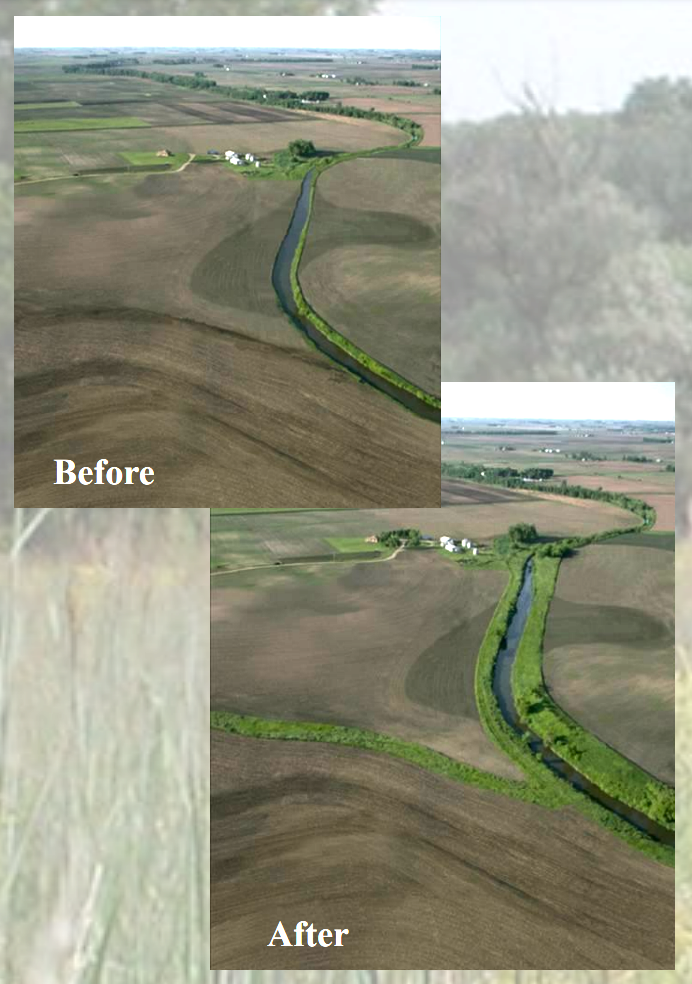Conservation Reserve Enhancement Program (CREP)
 | CREP offers Federal and State incentive payments to eligible landowners to install vegetative buffers along stream corridors. Landowners have the option of a 15-year agreement or a permanent easement. The USDA Conservation Reserve Enhancement Program will provide up to $240 million in federal and state funding statewide to help landowners reduce soil erosion, improve water quality and, at the same time, provide for improved wildlife habitat. In Winnebago County, this could mean roughly $3.5 million available to landowners to enroll an estimated 1,600 acres of cropland into the program. View potential CREP areas in Winnebago County on our map. In Wisconsin, up to 100,000 acres may be enrolled across the state. Currently, Wisconsin’s CREP Program has approximately 3,500 landowners who have enrolled more than 44,000 acres into the program. Of the lands enrolled in the program, 400+ are perpetual conservation easements that cover about then 7,000 acres. This land (enrolled in CREP) creates buffers along 1,400 miles of shoreline as well as establishing approximately 11,000 acres of grassland habitat. Environmental analysis reports that today CREP buffers annually reduce runoff of 68,700 tons of sediment, 69,000 pounds of nitrogen and 130,000 pounds of phosphorus in Wisconsin. |
The CREP program is a partnership between the USDA – Farm Service Agency (FSA), WI – Dept. of Agriculture, Trade and Consumer Protection (DATCP), the USDA-Natural Resource Conservation Service (NRCS), the WI-Dept of Natural Resources (WIDNR), and participating County Land & Water Conservation Departments (LWCDs). The landowner’s first contact is usually the USDA-FSA. The FSA begins determining the land’s eligibility, crop history, reviews the soil type, and calculates the annual rental rate. They then turn over the technical determinations to NRCS and the local LCD, which work with the landowner to develop a conservation plan and determine the necessary buffer width. The LWCD then handles applications for the state and DATCP administers the states portion of the program. | |
